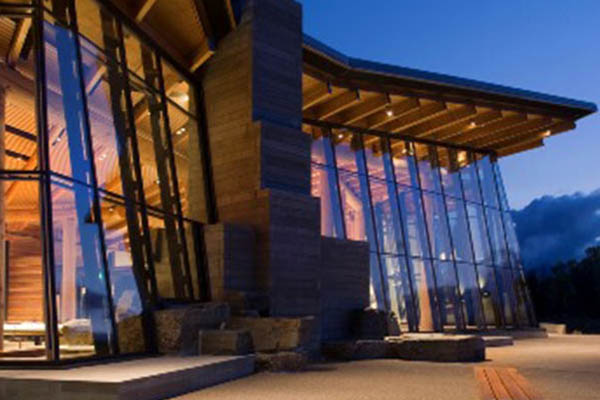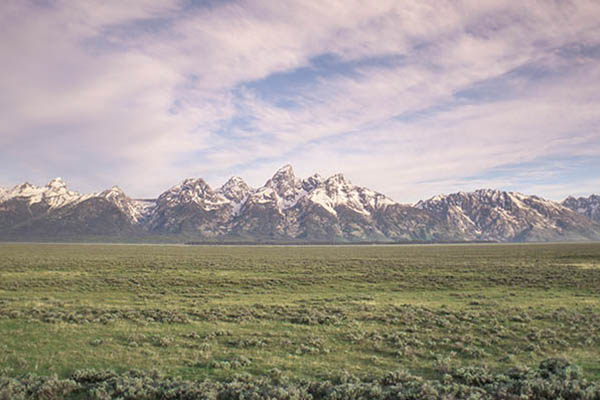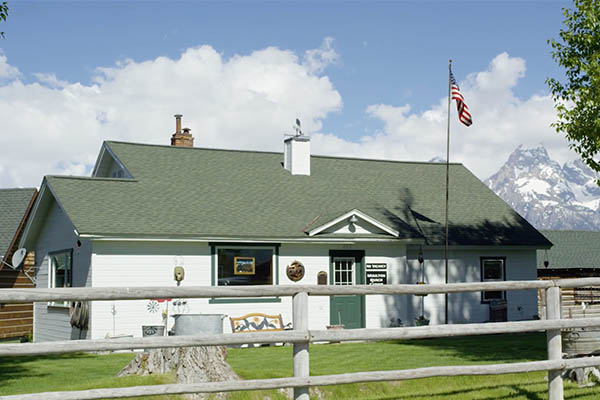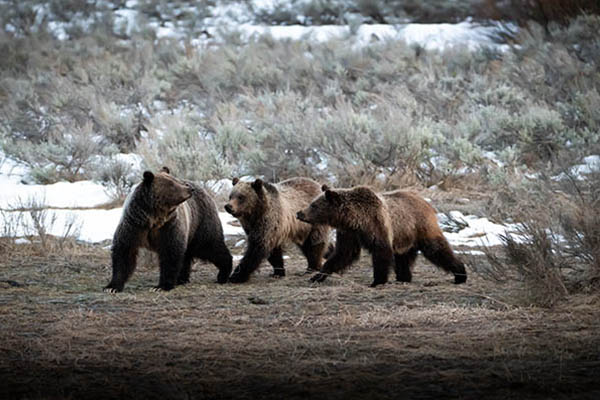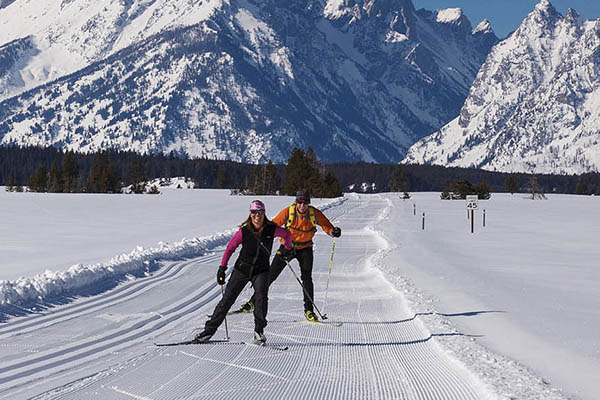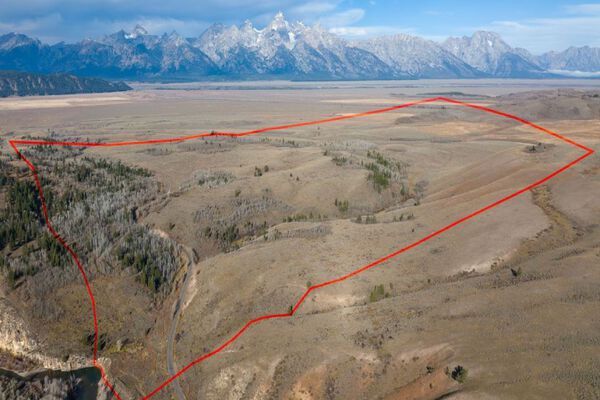Shorter days and cooler nights mean Grand Teton’s wildlife are preparing for the long winter ahead. Many of the animals have already begun their migrations to warmer climates, while others are settling into their winter dens in the Tetons.
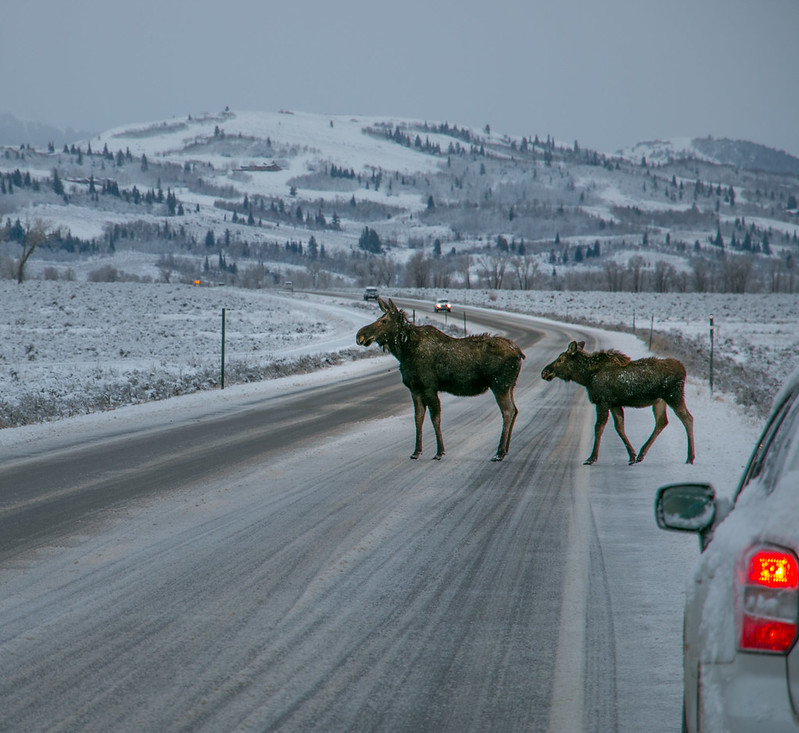
Moose are typically visible this time of year, often grazing near roads. Please drive carefully and watch for wildlife in the park.
- Moose have started concentrating in the sagebrush/grassland areas in the south end of the park. They are seeking bitterbrush and other food in these areas that provide fall nutrition.
- Pronghorn are generally migrating out of the Jackson Hole valley to the Upper Green River basin near Pinedale. Nearly all 300-400 animals leave the valley in winter, although for the last few years, small numbers have remained on or near the National Elk Refuge.
- Park mule deer are migrating to distant wintering areas. Those that winter near Cody in the North and South Forks of the Shoshone River began their migrations in early to mid-October, while those that winter in Idaho, near Dubois, or near the town of Jackson migrate later in October or early in November.
- Mule deer coats have now turned from their summer tawny brown to an elegant winter grey, one of the more visible examples of seasonal pelage changes in temperate climate ungulates.
- Elk will begin migrating as November temperatures cool and snow begins to accumulate in the high country.
- Rough-legged hawks, long distance migrants which spend their summers in the Arctic, usually arrive during November.
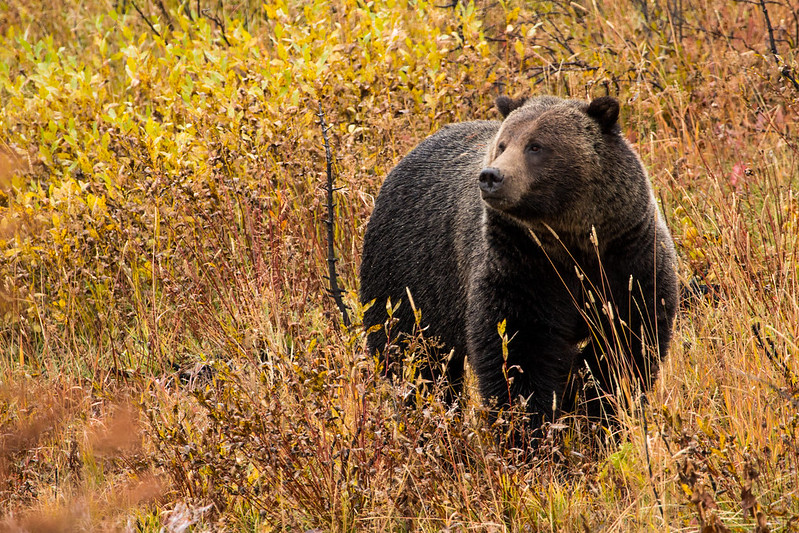
By the end of November, most bears are hibernating, but a few will remain will remain active into December - be prepared!
- Most black bears and a few grizzly bears will be in winter dens by early November. By the end of the month most grizzly bears will have gone to sleep as well. But remember, a few grizzlies will be out and about well into December!
- The woods are notably quiet, as most migratory birds have left the valley for their wintering grounds. Gray jays, Clark’s nutcrackers, chickadees, ravens, great horned owls, bald eagles, pine grosbeaks, goldeneyes, and trumpeter swans are a few of the prominent birds that remain here year around.
- Six bat species were common and widespread in the valley, including little brown, big brown, hoary, silver haired, long-legged, and long-eared bats. Bat activity plummeted in mid-September, but a month later long-legged and silver-haired bats were still common, at much reduced levels.
- Native mountain whitefish have just recently begun to spawn in many of the park’s lakes and streams, while fall spawning among non-native brook, brown, and lake trout is about finished for the year.
- As water levels in many streams and rivers approach basal flows, native cutthroat trout seek out larger water to wait out the winter months.
- Alpine lakes begin to ice over in October and November, their surfaces remaining frozen until early summer.
Winter wildlife closures both in and outside of Grand Teton begin in December, reminding us that wildlife are particularly sensitive to human disturbance during this season. Remember to always keep a safe distance, drive carefully, and respect our wild animals.

